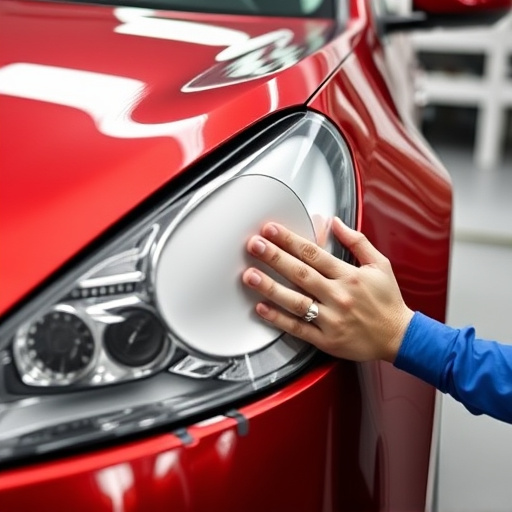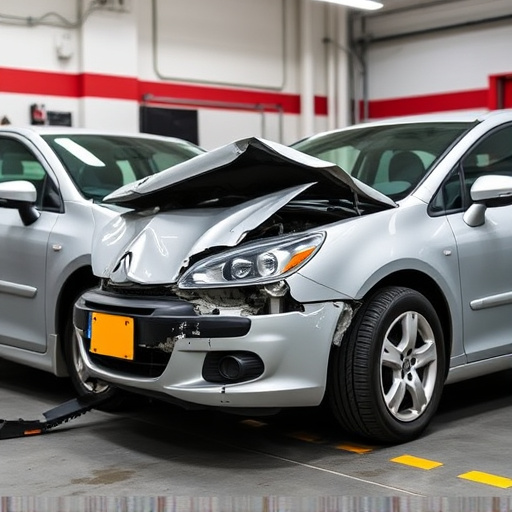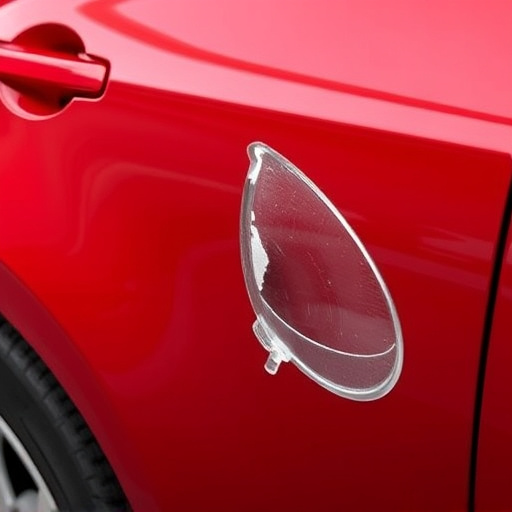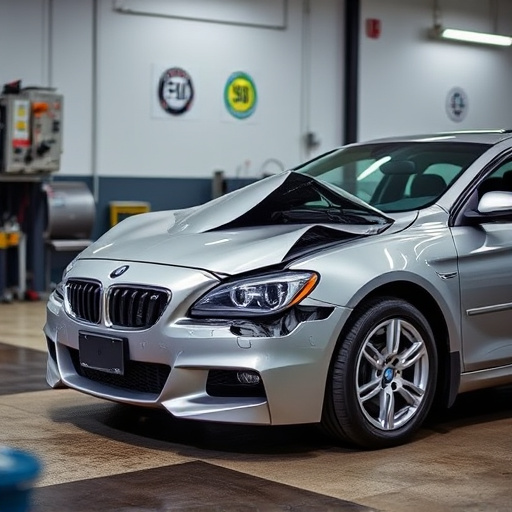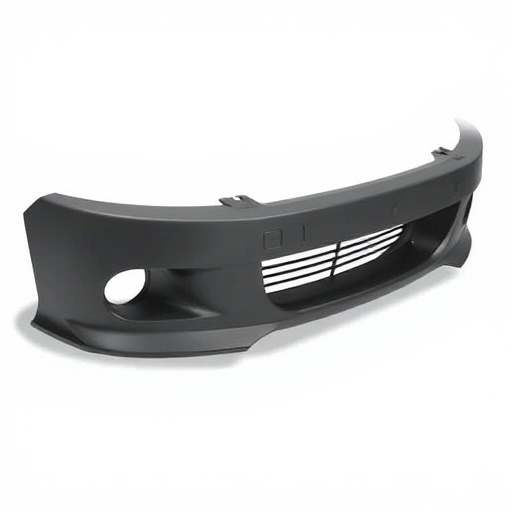The Mercedes air balance system, a complex network for climate control, can develop issues like uneven heating/cooling or faulty vent operation. Diagnosis involves checking for leaks and pressure misalignments, while visual inspections of bodywork are crucial to identify physical damage. Repair requires identifying specific problems, inspecting sensors, wires, connectors, calibrating the system if needed, and performing professional collision repairs as necessary. Testing and adjusting system settings ensure balanced temperatures across the cabin.
Mercedes vehicles are renowned for their sophisticated engineering, and a crucial part of this is the intricate air balance system within their HVAC (heating, ventilation, and air conditioning) units. When this system experiences issues, it can lead to uncomfortable driving conditions. This article delves into the intricacies of the Mercedes air balance system, guides you through diagnosing integration problems, and provides a step-by-step repair process to ensure your vehicle’s optimal performance and passenger comfort.
- Understanding Mercedes Air Balance System Components
- Diagnosing HVAC Integration Issues in Mercedes Vehicles
- Step-by-Step Guide to Repairing Air Balance Problems
Understanding Mercedes Air Balance System Components
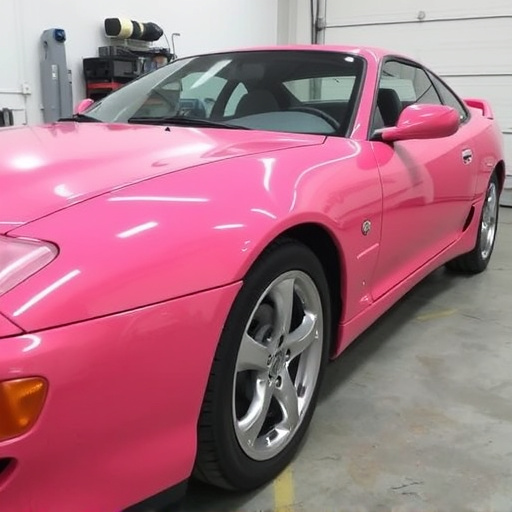
The Mercedes Air Balance System is a sophisticated network of components designed to ensure optimal air distribution and temperature control within the vehicle’s cabin. At its core, it comprises several key elements such as sensors, actuators, and control modules that work in harmony to maintain a comfortable and balanced climate. These sensors monitor various factors like outdoor temperature, passenger preferences, and engine compartment heat, adjusting the system accordingly. Actuators then manipulate the air flow by opening or closing vents and doors, while control modules process data from the sensors and send commands to the actuators, ensuring precise regulation.
Understanding this intricate system is crucial for identifying and resolving issues effectively. Problems in the Mercedes Air Balance System can manifest as uneven heating or cooling, hot spots in the cabin, or even faulty vent operation. When such challenges arise, professional vehicle repair services, including those specializing in bumper repair and dent repair, may employ advanced diagnostic tools to pinpoint the source of the problem. By replacing or recalibrating specific components, they restore the system’s efficiency, enhancing passenger comfort and ensuring optimal vehicle performance.
Diagnosing HVAC Integration Issues in Mercedes Vehicles
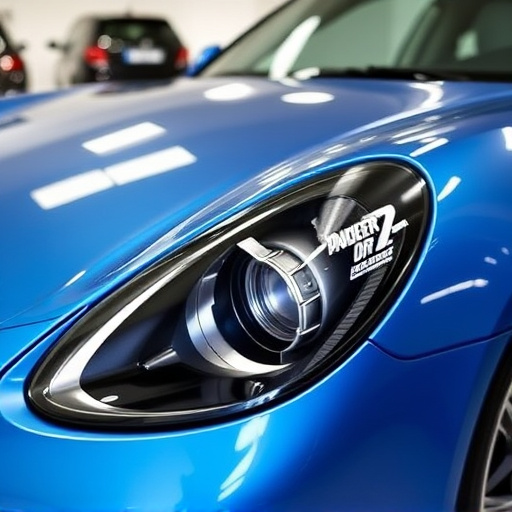
Diagnosing HVAC integration issues in Mercedes vehicles involves a systematic approach to pinpointing where the air balance system is misaligned. Technicians start by checking for any leaks in the intricate network of ducts and sensors, which can disrupt the optimal flow of air. Using specialized diagnostic tools, they monitor pressure readings at various points to identify blockages or imbalances. Common issues include incorrect sensor calibration, damaged or disconnected wiring, or physical damage to components like the air mixer or control unit—all requiring meticulous mercedes benz repair for restoration.
Beyond these technical aspects, visual inspections of the car’s bodywork may reveal hidden problems. For instance, a dent in an exterior panel could impact nearby ducts, affecting overall air distribution. Such aesthetics-related concerns also necessitate attention during the repair process, ensuring not just functional but also aesthetic restoration.
Step-by-Step Guide to Repairing Air Balance Problems

The Mercedes air balance system is a complex network designed to ensure optimal airflow and temperature control within the vehicle’s HVAC (Heating, Ventilation, and Air Conditioning) system. When this intricate system experiences problems, it can lead to discomfort for passengers and reduced efficiency of the climate control. Here’s a step-by-step guide for repairing air balance issues:
1. Identify the Problem: Start by determining the specific issue. Common symptoms include uneven temperature distribution, hot or cold spots in the cabin, or a persistent “loud” or unusual noise from the HVAC system. This could be due to sensor malfunction, incorrect settings, or physical damage.
2. Check Sensors and Connections: Inspect all sensors, wires, and connectors for any signs of damage, corrosion, or loose connections. These components play a vital role in communicating temperature preferences and detecting airflow issues. Ensure everything is properly secured and free from debris.
3. Calibrate the System: After identifying faulty sensors or incorrect settings, calibrate the Mercedes air balance system accordingly. This process may involve resetting the control module, ensuring precise readings for optimal performance.
4. Perform Basic Autobody Repairs: If physical damage is evident, such as dents or crushed components, address these issues through professional automotive collision repair. Proper restoration of structural integrity is essential to prevent further complications.
5. Test and Adjust: Once repairs are complete, thoroughly test the system under various conditions. Adjust settings as necessary to achieve balanced temperatures throughout the vehicle. This step guarantees that the Mercedes air balance system operates efficiently and effectively.
The intricate Mercedes air balance system, a key component of the vehicle’s HVAC integration, demands meticulous care during repair. By understanding the system’s components and following a structured diagnosis and repair process, technicians can effectively address and resolve air balance problems in Mercedes vehicles. This ensures optimal passenger comfort and showcases the importance of maintaining a well-calibrated air balance system for these high-performance cars.

